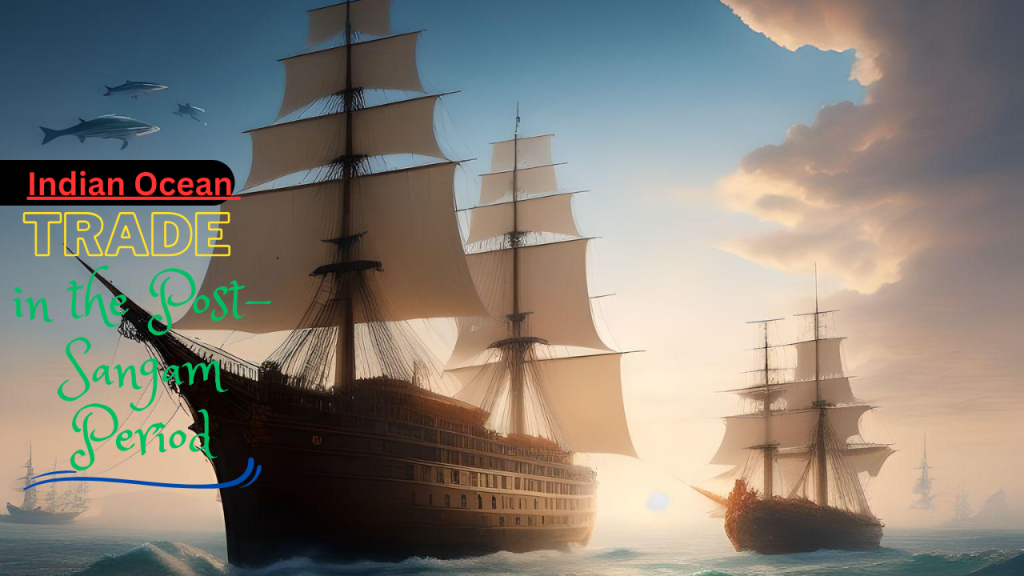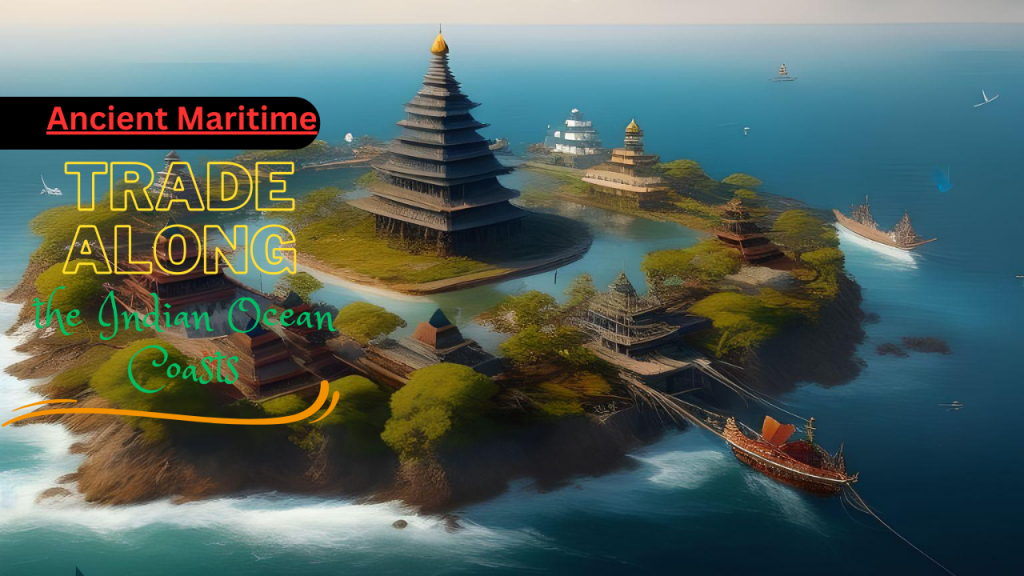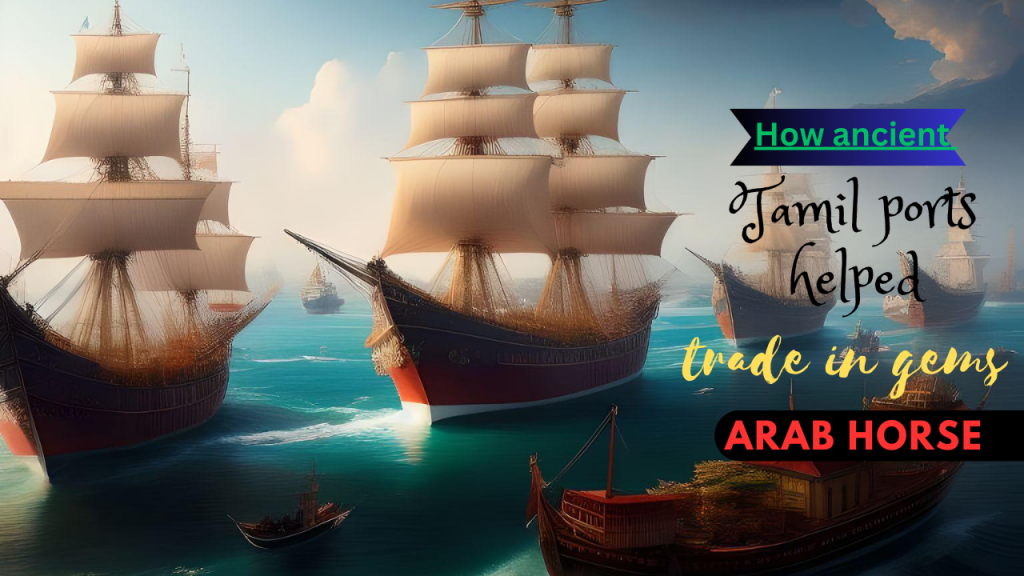YETI Rambler 25 oz Tumbler with Handle and Straw Lid, Travel Mug Water Tumbler, Vacuum Insulated Cup with Handle, Stainless Steel, Agave Teal
$37.62 (as of May 8, 2024 18:54 GMT +00:00 - More infoProduct prices and availability are accurate as of the date/time indicated and are subject to change. Any price and availability information displayed on [relevant Amazon Site(s), as applicable] at the time of purchase will apply to the purchase of this product.)Sangam Period Maritime Trade Routes: A Historical Odyssey
Maritime trade has played a pivotal role in shaping the course of history, and the Sangam Period in India is no exception. During this remarkable era, spanning from the 3rd century BCE to the 3rd century CE, South India emerged as a vibrant hub for maritime commerce, connecting with various regions across the Indian Ocean. In this article, we delve into the intricate details of the Sangam Period Maritime Trade Routes, uncovering a rich tapestry of history, commerce, and culture.
The Significance of the Sangam Period Maritime Trade Routes

The Sangam Period, known for its flourishing Tamil literature, was equally renowned for its maritime trade networks. These routes facilitated the exchange of a wide array of goods, including spices, gemstones, textiles, and precious metals. Let’s explore the historical significance and the intricate web of these maritime trade routes.
The Spice Route: Aromatic Treasures of the South
One of the most famous maritime trade routes during the Sangam Period was the Spice Route. South India was the epicenter of the spice trade, exporting valuable spices such as black pepper, cardamom, and cinnamon. These aromatic treasures not only tantalized the taste buds of people across the ancient world but also fueled the economy of the region.
The Gemstone Trail: Precious Stones Beyond Borders
South India was also renowned for its precious gemstones, including rubies, sapphires, and diamonds. The Sangam Period Maritime Trade Routes facilitated the export of these exquisite gemstones, attracting traders and admirers from afar. The region’s expertise in gem cutting and trading made it a gemstone paradise of the ancient world.
The Textile Odyssey: Silken Elegance and Cotton Comfort
Textiles were a significant part of the maritime trade during the Sangam Period. South India produced high-quality silks and cotton fabrics that were in demand globally. The intricate art of weaving and dyeing was at its zenith during this period, with textiles from South India finding their way to distant lands.
Key Maritime Trade Hubs during the Sangam Period

Understanding the geographical landscape of the maritime trade routes is crucial to comprehend the reach and influence of the Sangam Period. Several key ports and cities emerged as pivotal trade hubs during this era.
Puhar: The Gateway to the East
Puhar, also known as Kaveripattinam, was a bustling port city on the east coast of South India. It served as a significant gateway for trade with Southeast Asian countries. Goods like spices, textiles, and gemstones passed through Puhar on their way to distant lands.
Muziris: The Western Link
Muziris, located on the western coast of India, was another prominent trade center during the Sangam Period. It served as the primary link for trade with the Roman Empire, facilitating the exchange of goods like spices, gemstones, and textiles.
Tondi: A Trade Hub Beyond Borders
Tondi, situated in the southern part of the Indian subcontinent, was a vital trade hub that connected South India with Sri Lanka. The maritime trade route with Tondi as a focal point played a crucial role in establishing trade links with Sri Lanka.
Cultural Exchange Along the Maritime Trade Routes

The Sangam Period Maritime Trade Routes were not just channels for the exchange of goods but also conduits for the sharing of culture and knowledge. The interconnectedness of the ancient world can be witnessed through these exchanges.
Language and Literature
Sangam literature, composed in Tamil, found its way to distant lands through these trade routes. The literary exchange enhanced cultural ties and fostered a sense of unity among people of various regions.
Art and Architecture
The flow of goods and ideas brought about an amalgamation of art and architecture. South Indian temple architecture and artistic styles spread to Southeast Asia, influencing the construction of temples in those regions.
The Legacy of the Sangam Period Maritime Trade Routes

The legacy of the Sangam Period Maritime Trade Routes endures to this day. The trade networks not only contributed to the economic prosperity of South India but also left an indelible mark on the culture and heritage of the region. The exchange of goods, ideas, and knowledge along these routes laid the foundation for future trade and cultural interactions.
In conclusion, the Sangam Period Maritime Trade Routes were a marvel of ancient commerce, connecting South India with distant lands and leaving an enduring legacy. The intricate tapestry of trade, culture, and history woven during this period continues to captivate historians and enthusiasts alike.




